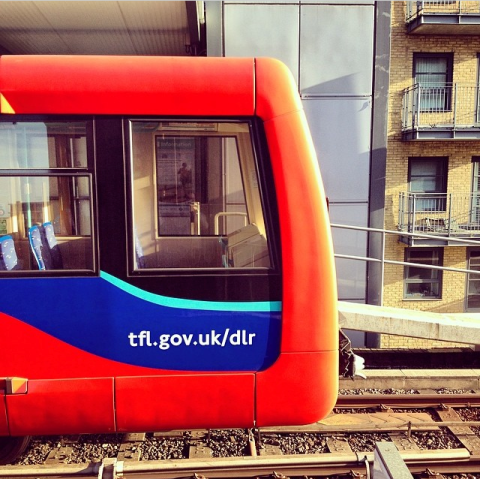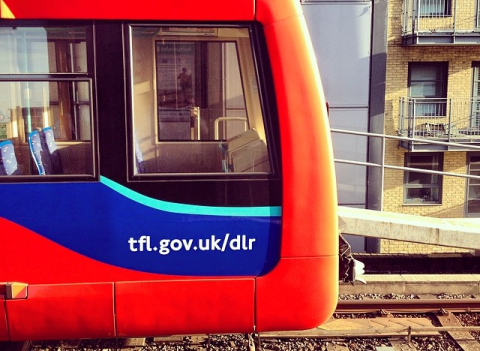Tom Hedley gets off on the DLR.

We should be eternally grateful to the Docklands Light Railway (DLR) for giving East London access to the 21st Century. And, hell, you can even (pretend) drive the thing if you sit at the front. But what do we actually know about the little red motor? Here are a few facts about the DLR that you may not be aware of.
The automated light metro system opened in 1987. By then the docks of East London had closed (the work mostly moved to the container port of Tilbury), and some of the surrounding land was being used to build what we now know as Canary Wharf. But there was no easy way for the new City-type employees to get in and out of the newly regenerated ‘Docklands’ – hence the eponymous light railway, costing £77m and gracefully opened by Her Majesty the Queen herself.
Substantially extended since the late 1980s, the DLR now serves an average of 278,100 passengers per day. In 2013, more than a hundred million journeys were recorded across the network.
The DLR was one of the first systems to use driverless technology, subsequently adopted by Dubai’s Metro and Tokyo’s Yurikamome.
They might seem like the turtles of the tracks, but DLR trains can hit 50 mph, although rarely edging beyond 40. Meanwhile London Underground trains average just 30 – 40 mph! Who said the DLR was slow?
Cyprus, Royal Victoria – what’s in a name? Cyprus station, serving the University of East London, was named after the Cyprus Estate, a housing project for the workers of Royal Albert Dock. Royal Victoria was another of the chain of docks that stretched along the Thames. Nowadays their names live on as DLR stations (and not much else).
Oh, and don’t bother getting off at Abbey Road, it’s not the one you want! The famous Beatles landmark is best reached via the Jubilee Line’s St John’s Wood station.
But that’s way off my East London patch, so I’d better not go there.

